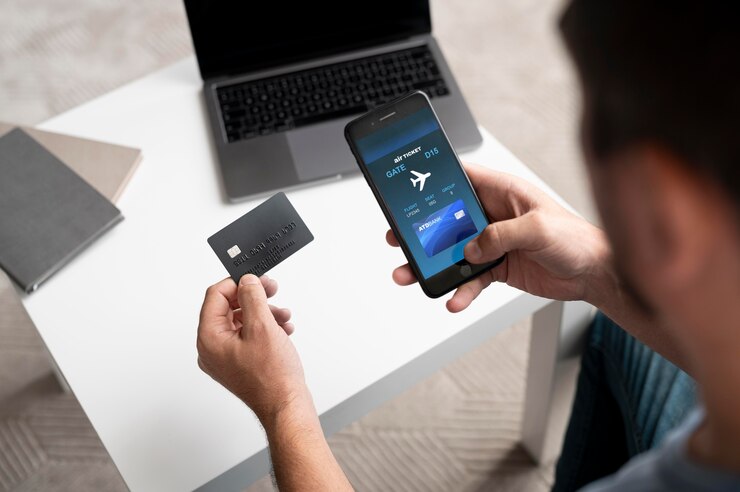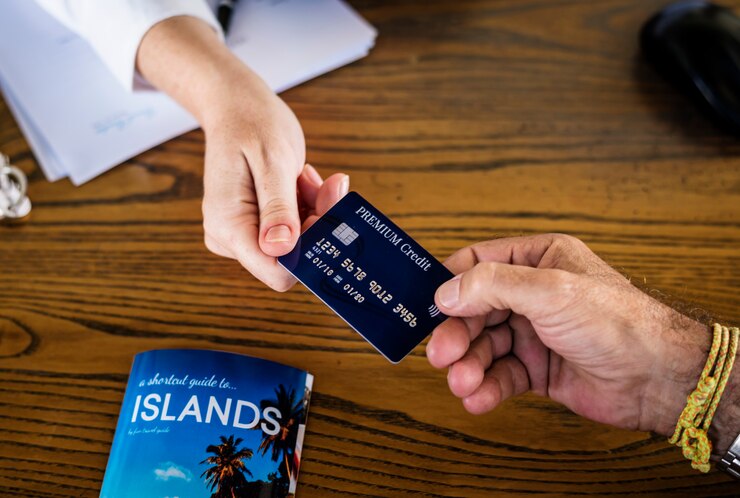In an era dominated by digital transactions and online commerce, virtual credit cards have emerged as powerful tools that offer convenience, security, and flexibility. In this comprehensive article, we’ll delve into the world of virtual credit cards, examining their benefits, applications, security features, and how they are reshaping the landscape of modern finance.
Understanding Credit Card Virtual
A virtual credit card is a digital version of a traditional credit card that exists only in electronic form. Unlike physical cards, virtual cards do not have a physical presence; instead, they are generated digitally and used for online purchases, subscriptions, and other digital transactions. Virtual cards are typically linked to an existing credit card account and can be used for a specific transaction or for recurring payments.
Benefits of Credit Card Virtual
- Enhanced Security: One of the primary advantages of virtual credit cards is their enhanced security features. Virtual cards are often used for one-time transactions or limited-duration purposes, reducing the risk of fraud and unauthorized use compared to physical cards.
- Protection Against Fraud: Virtual credit cards can have dynamic card numbers, meaning the card number changes with each transaction or on a regular basis. This dynamic nature adds an extra layer of security and minimizes the risk of card number theft or fraud.
- Privacy and Anonymity: Virtual cards can be used to protect personal and financial information during online transactions. Since they do not reveal the actual credit card number or account details, users can maintain privacy and anonymity while making purchases.
- Convenience for Online Shopping: Virtual credit cards are tailor-made for online shopping and digital transactions. They can be easily generated, used, and managed through online banking platforms or mobile apps, offering a seamless and convenient shopping experience.
- Control and Budgeting: Virtual cards provide users with greater control over their spending and budgeting. They can set spending limits, expiration dates, and usage restrictions for each virtual card, helping to stay within budget and manage finances effectively.

Applications of Credit Card Virtual
- Online Purchases: Virtual credit cards are ideal for online shopping, allowing users to securely make purchases from e-commerce websites without exposing their primary credit card information.
- Subscription Services: Many subscription-based services, such as streaming platforms, software subscriptions, and membership sites, accept virtual cards for recurring payments. Users can create virtual cards specifically for these subscriptions to manage payments easily.
- Digital Wallets and Mobile Payments: Virtual credit cards can be added to digital wallets and used for mobile payments, enabling contactless transactions and enhancing payment security.
- Travel and Hotel Bookings: Virtual cards are commonly used for booking flights, hotels, and rental cars online. They offer added security and convenience for travelers, especially when making reservations through unfamiliar websites.
- Temporary or Limited-Use Transactions: Virtual cards are suitable for temporary or limited-use transactions, such as online promotions, free trials, or one-time purchases, where users prefer not to use their primary credit card information.
Security Features of Credit Card Virtual
- Dynamic Card Numbers: Some virtual credit cards have dynamic card numbers that change with each transaction or at regular intervals. This feature prevents unauthorized access and reduces the risk of card number theft.
- Single-Use or Limited-Use Cards: Virtual credit cards can be generated as single-use or limited-use cards, meaning they can only be used for a specific transaction or within a set time frame. Once the transaction is complete or the time limit expires, the virtual card becomes invalid.
- Usage Restrictions: Users can set usage restrictions on virtual cards, such as spending limits, merchant restrictions, or transaction types (e.g., online purchases only). These restrictions add an extra layer of security and control over card usage.
- Instant Freeze or Lock: Many virtual credit card platforms offer the ability to instantly freeze or lock a virtual card if suspicious activity is detected. This feature provides quick response to potential security threats and protects against unauthorized transactions.
- Transaction Alerts: Virtual credit card users can receive real-time transaction alerts via email or mobile notifications, allowing them to monitor card activity closely and detect any unauthorized transactions promptly.
How to Obtain and Use Credit Card Virtual
- Contact Your Bank or Card Issuer: Many banks and credit card issuers offer virtual credit card services to their customers. Contact your bank to inquire about virtual card options and eligibility criteria.
- Enable Virtual Card Generation: Once virtual card services are available, enable virtual card generation through your bank’s online banking platform or mobile app. Follow the instructions to generate a virtual card with desired features and restrictions.
- Use Virtual Cards for Online Transactions: After generating a virtual card, use it for online purchases, subscriptions, or digital transactions as needed. Enter the virtual card details (card number, expiration date, CVV) during checkout on the merchant’s website.
- Monitor Transactions: Regularly monitor transactions and account activity associated with your virtual cards. Set up transaction alerts to receive notifications for any unauthorized or suspicious transactions.
- Manage Virtual Cards: Manage virtual cards through your bank’s online banking platform or mobile app. You can view transaction history, freeze or lock cards, set usage restrictions, and generate new virtual cards as needed.
Best Practices for Using Credit Card Virtual
- Keep Virtual Card Details Secure: Treat virtual card details (card number, expiration date, CVV) with the same level of security as physical card information. Avoid sharing these details openly and use secure connections for online transactions.
- Regularly Update Security Settings: Review and update security settings, such as transaction alerts, usage restrictions, and card locking features, to enhance protection and mitigate risks.
- Monitor Account Activity: Monitor account activity regularly to detect any unauthorized transactions or suspicious activity associated with your virtual cards. Report any concerns to your bank immediately.
- Use Trusted Platforms: Use virtual cards only on trusted and secure platforms for online transactions. Avoid sharing virtual card details on unfamiliar or suspicious websites.
- Educate Yourself: Stay informed about virtual card features, security best practices, and fraud prevention measures to make informed decisions and protect your financial information.
Conclusion: Embracing Digital Innovation in Finance
Virtual credit cards represent a significant leap in digital innovation within the realm of financial services. Offering enhanced security, privacy, and control over online transactions, virtual cards empower users to navigate the digital landscape with confidence and convenience. By understanding the benefits, applications, security features, and best practices associated with virtual credit cards, individuals and businesses can harness the full potential of these digital tools to streamline financial transactions, protect sensitive information, and adapt to the evolving dynamics of modern finance.

